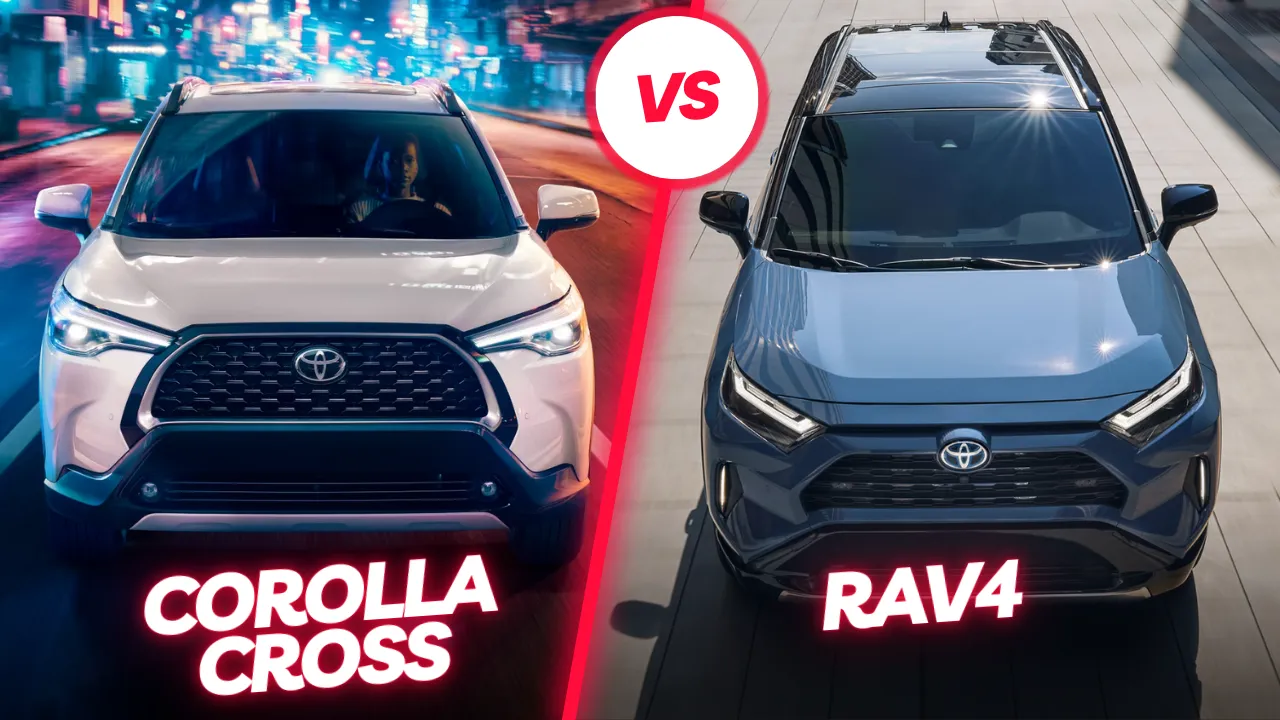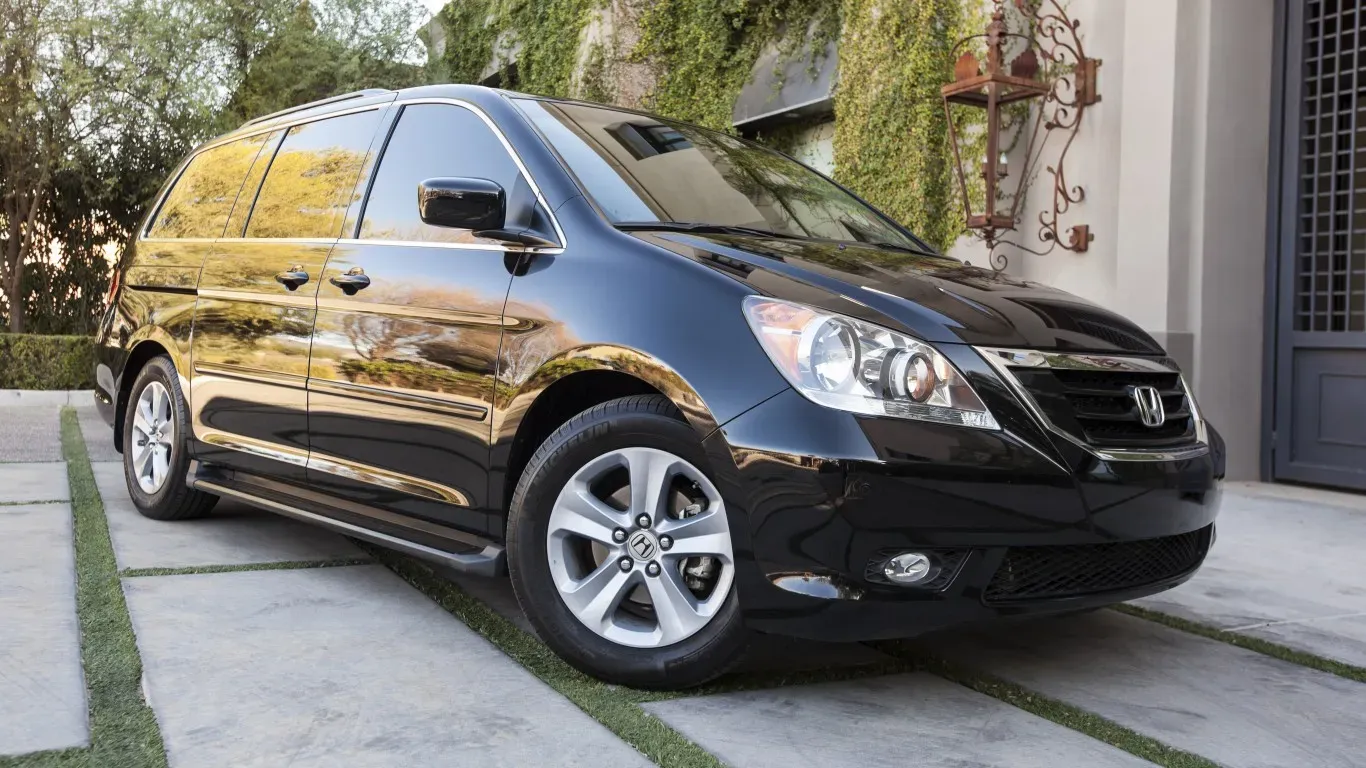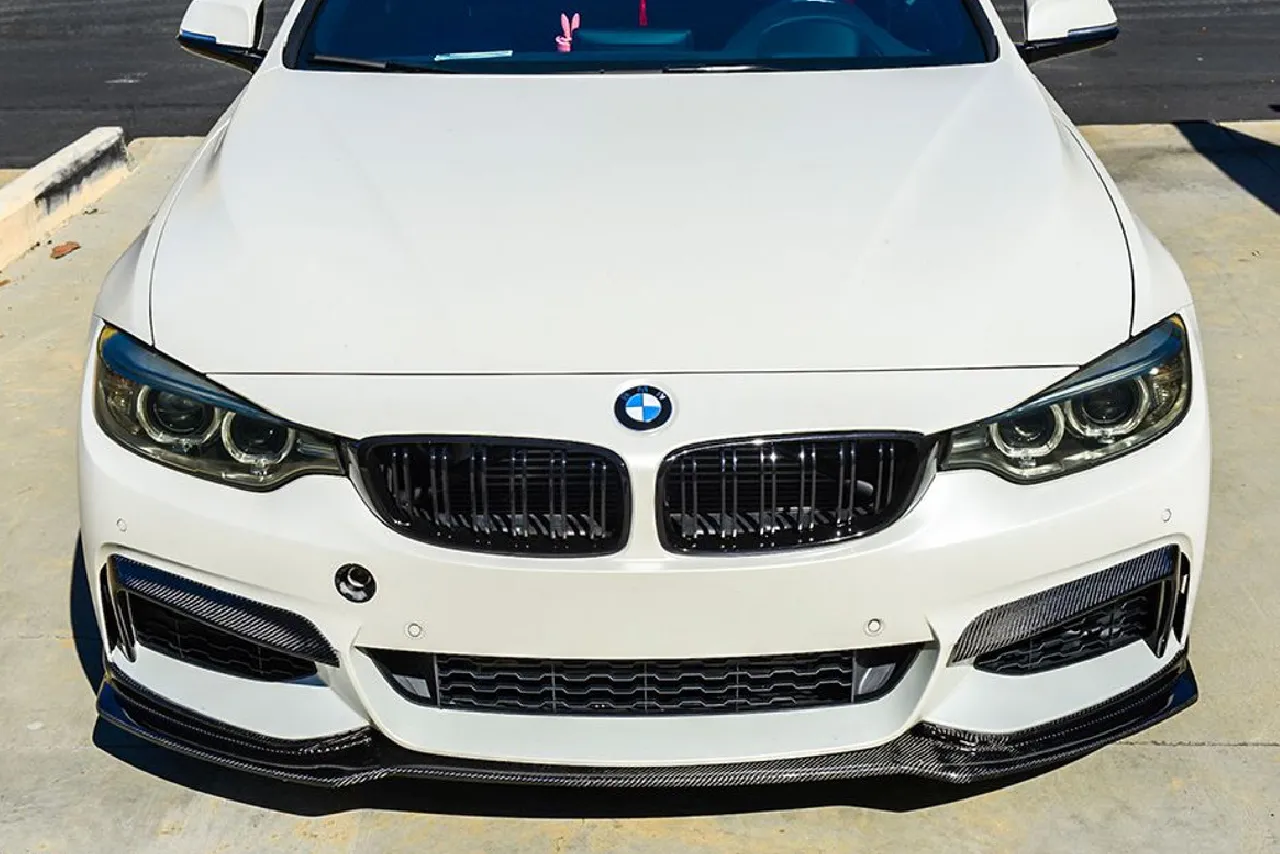EVs are undergoing a huge revolution. Several electric SUVs, Sedans, and trucks are on the US roads. What’s more, companies started electrifying racing cars in hopes of promoting a greener future. Formula 1 cars have been operating since the 20th century. They are fast, efficient, and extremely lightweight. Moreover, are f1 cars electric or gas? F1 cars have combustion engines while Formula E vehicles are battery-powered and run on electricity. They debuted in 2014 as innovative racing cars. However, things did not work out for the sustainable racing vehicles.
Are F1 Cars Electric or Gas powered?
The argument about Formula 1 (F1) being electric or not has yet to end. F1 cars do not have a future as EVs or even hybrids. However, they can advance as eco-friendly vehicles.
1- E-fuels vs. Electric-powered batteries
Stefano Domenicali, CEO of F1 cars, denied the possibility of F1 cars electrification. He proposed the idea of sustainable fuel options rather than converting F1 cars into Electric vehicles (EVs). What’s more, he has already invested in E-fuels being created in laboratories. The problem is, these fuels may cost you a fortune and do not guarantee zero tailpipe emissions.
2- Low energy storage
Domenicali revealed his reason no. 2 for not electrifying F1 cars. He highlighted Energy storage problems in EVs. These track champions need high-powered batteries to perform well during a race. The present EV technology does not support such batteries which limits our options. However, F1 cars cannot run from their fate forever. The idea of F1 cars with Carbon-neutral fuels is a cool one, yet, the government might ban combustion cars in 2030.
Why can’t F1 Cars be fully electric?
I have deduced other reasons following Domenicali’s statement regarding the F1 cars’ electrification. These reasons explain why F1 cars are still not ready to be EVs. Following are the factors that affect the Racing format of F1 cars.
1- Battery size
EVs are widely known for their battery sizes. The larger the battery, the better the performance. However, large batteries have a major drawback. Their size increases their weight which directly relates to the vehicle’s weight. It is impossible to create F1 cars with the existing Battery technology as they need much larger batteries than an average EV. Formula cars run several miles in less time. Having a large battery pack will restrict their movement and reduce their performance. Moreover, a large battery may store more energy but F1 cars may only use half of it.
2- Energy efficiency
EVs are arguably more energy-efficient than F1 cars thanks to regenerative braking technology. However, F1 cars do not need excess energy to reach the final lap. They require a certain amount of energy to complete a 189.5-mile Grand Prix and must store it as well. Formula 1 (F1) cars are permitted 242.5 pounds of fuel in every race. This fuel smells like grapefruit but offers monstrous amounts of energy. F1 cars are not efficient enough to withstand such bursts of energy. Therefore, they only convert 50 percent of this energy into horsepower. This limits their energy usage leading to lower fuel economy.
3- Driving range
An average F1 car covers a distance of 190 miles per hour thanks to its aerodynamic body. Moreover, you can assume F1 cars as high-speed cheetahs on a running spree. Electrified F1 cars may have longer driving ranges. Shifting to Carbon-neutral fuels may also affect their driving range. EVs are limited by their heavy weights and less aerodynamic exteriors than F1 cars. However, they are blessed with regenerative braking systems which keep them longer on the road. Yet, they are still a step behind the spectacular motorsport champions.
4- Battery type
EVs have lithium batteries that are heavy but more efficient than combustion engines. However, adding a 5,200-pound battery to a lightweight Formula car is a recipe for a disaster. The vehicle may break apart the moment the battery is placed inside of it. FCEVs use Hydrogen fuel that is converted to electricity by a fuel cell. This technology might prove useful in electrifying F1 cars. FCEVs do not use batteries as their main source of energy, therefore, their weights may be lower than BEVs. Other batteries like solid-state batteries are also a great alternative to lithium batteries.
5- Performance
Which is better in performance? Electric vehicles (EVs) or F1 cars? F1 cars are relying on their engines to travel long distances. Combustion engines run on fuel which is limited during races. Once the fuel ends, it’s game over. An average F1 car sprints from 0-60 seconds under 2.6 seconds which is faster than a Formula E car. However, better Battery technology allows Formula E cars to reach speeds up to 200 to 220mph. Moreover, they possess regenerative braking systems that boost their driving range and overall performance.
6- Fuel type
Currently, F1 cars are filled with E10 fuel having 10% renewable ethanol. However, this does not mean they have Net-zero emissions. Renewable ethanol is better than fossil fuels as it generates lower carbon emissions. However, it is not completely sustainable. The CEO of Formula Cars has talked about improving the motorsports world with Synthetic fuels replacing fossil fuels. These E-fuels may eliminate the need for battery-powered F1 cars. Eco-conscious Formula fans can expect a possible debut of sustainable F1 cars in 2030.
What makes E-fuels sustainable?
Domenicali was hooked on the idea of eco-friendly fuel for F1 cars. These fuels are carbon-neutral which reduces their carbon footprint. Manufacturers must utilize atmospheric carbon rather than produce more. The process of creating Carbon-neutral fuels is not child’s play. A lot of things go into the making of these fuels.
1- Carbon sources
Manufacturers extract carbon from different sources. These sources are naturally available or obtained from natural reserves. For instance, you can create carbon from non-food biomass and convert it into gas. What’s more, Synthetic fuels can also be created using carbon in the air. The hydrolysis of green hydrogen from water also releases carbon. After selecting a suitable source, researchers spend most of their time in the lab creating E-fuels from scratch.
2- Fuel Price
Sustainable fuels may seem like a solution, however, they come with an expensive price tag. Popular fuel companies like Shell, Gulf, ExxonMobil, Castrol (bp), and Petronas are shifting to more sustainable fuel reserves. They are the top-ranking fuel companies catering to F1 fuel needs. Unlike regular cars, F1 fuel economy is tailormade for a Racing format. Each company has devoted itself to finding alternatives to carbon fuels and using F1 cars as its test subjects. These cars are not only for entertainment purposes but also part of a growing business. Such extensive research can help us determine what fuel composition suits F1 cars the best.
Conclusion
Formula Cars are widely renowned for their extremely high speeds and exceptional performance. However, their efficiency leads us to a question, are f1 cars electric or gas vehicles? Formula 1 cars use combustion engines while Formula E cars run on batteries. The CEO of Formula Cars has denied the possibility of electrifying Formula cars. Electric vehicles are heavier and slower than Formula 1 cars. Equipping Formula Cars with large batteries might lower their speeds and increase their weights. The CEO emphasised the importance of Carbon-neutral fuels for future F1 cars.
Are EVs heavier than gas vehicles? What is the best EV for seniors? Learn more about EVs and EV trends by visiting our blog.
I’m Waqas, an electric vehicle enthusiast and tech writer with over 6 years of experience covering the EV industry. I write in-depth articles, comparisons, and reviews to help readers understand the fast-evolving world of electric mobility. From battery technology to EV launches and charging trends, I aim to make complex EV topics simple, engaging, and informative for everyday drivers and curious readers alike.





